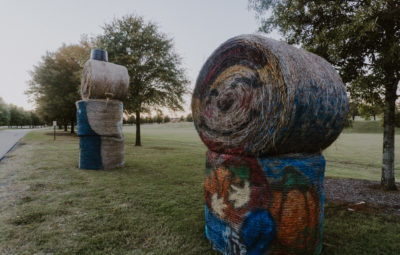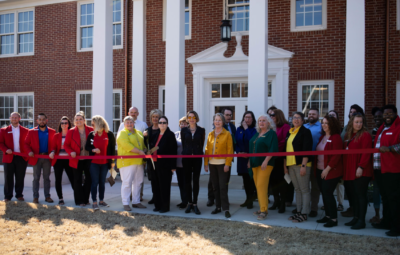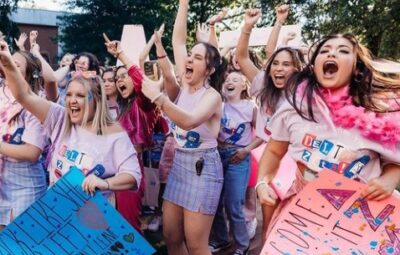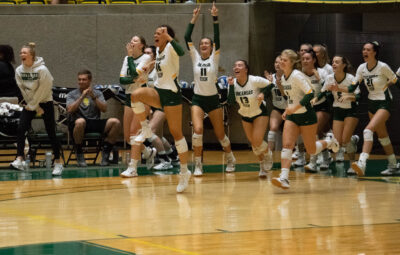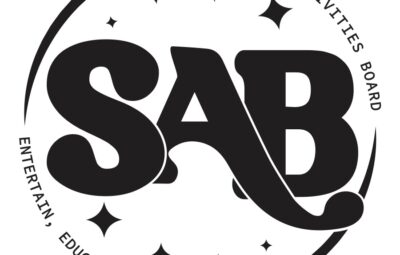IMAGE|
From the creation of Marvel Superheroes in the 50s to the influence of hip-hop in the 90s and early 2000s, pop culture has become useful for analyzing the attitudes and behaviors of the eras of the modern world. In an era of Stanley cups and TikTok style trends, the current state of pop culture reflects a normalization of overconsumption and a clash between communities and commercialism.
Dr. Jay Hudkins, Professor of Communications currently teaching a Popular Culture Studies class at ATU, defines pop culture as “…the broad range of text that constitutes the cultural landscape of a particular time and/or place as well as the ways in which consumers engage with those texts and thus become producers of new negotiated meanings.”
“I like this 2015 definition of popular culture for 2024 for several reasons. First, it captures the idea that almost anything qualifies as a pop culture artifact if consumers engage with it in an attempt to ascribe meaning to it. Second, it captures the idea that popular culture artifact is a text, which is any artifact or experience that we can read to produce meaning,” Hudkins continues.
The “popular” in popular culture refers to the high attainability of these cultural artifacts. Popular culture dates back to the late 1800s, serving as a way for lower-class individuals to enjoy a culture similar to higher-class individuals.
“The lower class who are less educated and less economically prosperous enjoyed mass culture or what we today term popular culture, which were items specifically produced for them and accessible to them, items such as advertising, dime store books, comic books, magazines, and sports to name just a few. So you had producers producing a product for low culture, for the mass culture, which we today have called popular culture,” said Hudkins.
In the current state of popular culture, many social media users are seeing their feeds shift from being community-based to commercial-based. Social media sites are cashing in on features like built-in shopping, and influencers are creating content to generate profit from those features. This creates a shift in the dynamic of pop culture where the mass is producing for the masses.
“With pop culture, you’ve always had producers producing things for the masses, right? So you had an actual producer who made a movie for the masses. You had an actual writer who wrote a book for the masses, you had artists… But now, you’ve got your social media influencers producing something for people like them or people who want to be like them,” Hudkins said.
The online spaces that replaced face-to-face communities have become less about community and more about the lifestyles individuals wish to live. Children and teens growing up in this type of pop culture environment have consumerism served to them through a social media feed daily.
Offering a Gen Z perspective on pop culture, Kadance Lane, a social studies education major, cited the changes in behavior they’ve noticed in younger children.
“The way social media is set up now makes the audience prone to follow trends of consumerism. Kids these days are growing up seeing all of these name brand things and they want those because it means that they’re cool. Like the phenomenon of Sephora 10 year-olds that see all of these bougie products from Sephora and want those specific products. This new generation is very based on heavy consumerism and following those buying trends,” Lane said.
The phenomenon Lane refers to is the recent surge of TikTok videos produced by Sephora workers telling stories of preteens destroying merchandise or behaving badly due to lack of product stock. This trend continues as preteens watch hours of beauty TikTok videos each day that glamorize the lifestyles portrayed by influencers selling brands like Drunk Elephants, Charlotte Tilbury, and Rare Beauty.
Lori Hanlon, band director at Arkadelphia High School and alumna of ATU, is a millennial who works with teen students. She suggested socioeconomic differences may affect teens’ addiction to social trends.
“Students in suburban school districts I’ve worked for didn’t obsessively devour TikTok trends and media because their lives are filled with other activities outside of the school day. They had clubs, sports, music lessons and family events. Their parents were more available and involved in students’ lives. When a TikTok reference was made, only a few students would notice,” Hanlon said.
Hanlon said that students in rural areas are more likely to have more alone time and less parental guidance.
“Less kids are involved in organizations outside of school, and they fill their extra time with social media or video games. Additionally, their parents work nights and are less aware of how much time their students spend online. When a TikTok trend was referenced in those classes, the majority of students noticed it immediately,” Hanlon said.
The current state of popular culture reflects an era of mass consumption and highlights the idea that popular culture isn’t just used, but uses the people that indulge in it. As corporations gain a better understanding of social media, pop culture is being commercialized more than ever.
Dr. Jay Hudkins emphasized this idea when he said: “When I study popular culture, I start with the premise that Americans use and are used by popular culture artifacts and that popular culture artifacts communicate messages that influence and impact our understanding of class, ethnicity, gender, nationality, race, sexuality, technology, and other cultural markers. Popular culture is vital to our identity construction. Popular culture artifacts construct, reflect and shape our cultural, national, personal and social identities.”


